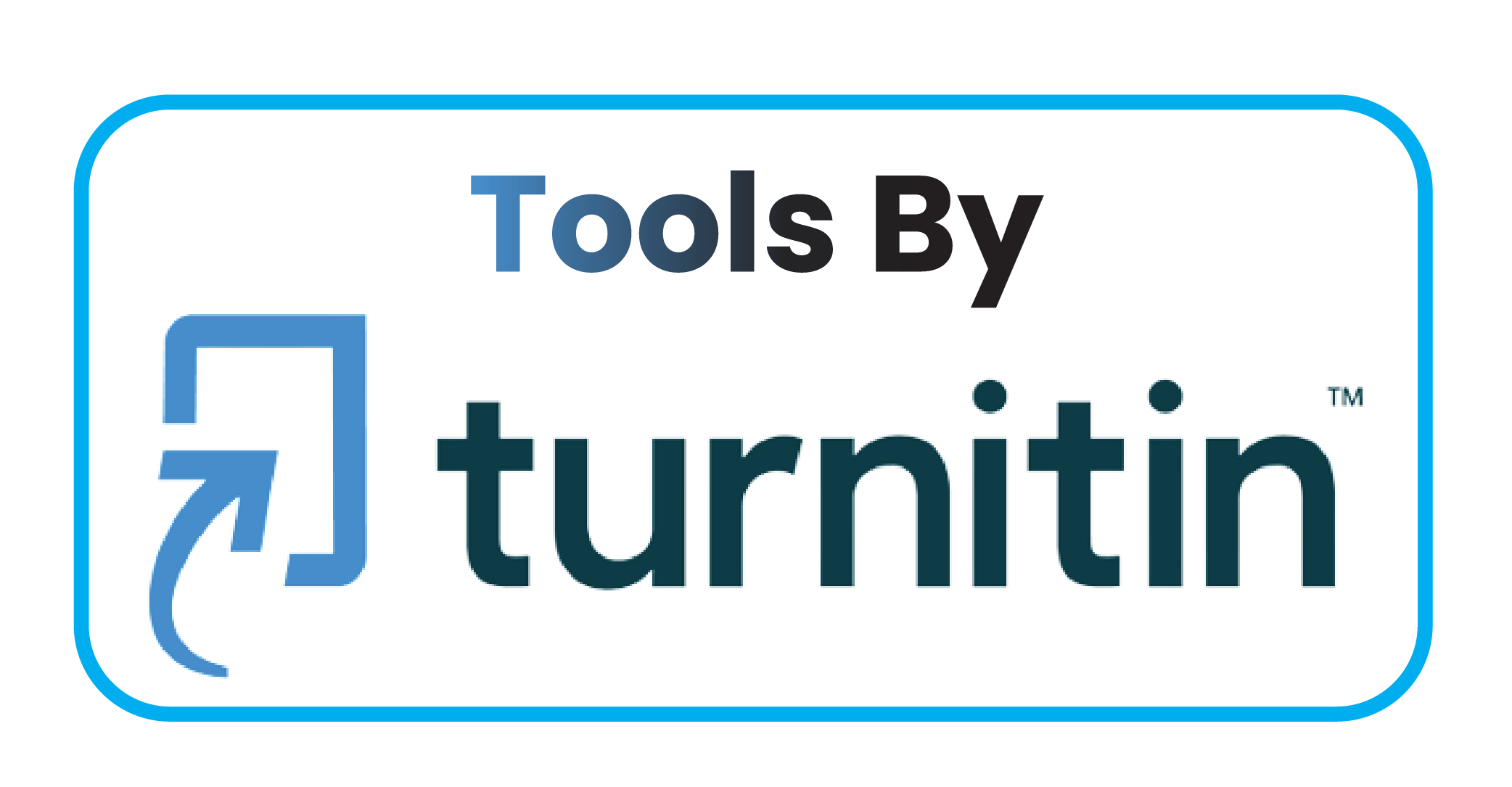Feasibility of Automated Prescription by Artificial Intelligence in Telemedicine Based on Health Law
DOI:
https://doi.org/10.59141/japendi.v6i7.8367Keywords:
Prescription, Artificial intelligence, TelemedicineAbstract
Telemedicine as part of digital health services is officially regulated in Law No. 17 of 2023 concerning Health and implemented through Government Regulation No. 28 of 2024, but has not yet discussed the role of artificial intelligence as a prescription issuing entity. Meanwhile, Law No. 1 of 2024 concerning Electronic Information and Transactions recognizes the validity of electronic documents and digital signatures, opening up legal opportunities for the digitization of medical files. The aim of this study was to evaluate the legal feasibility of automated prescribing by artificial intelligence systems in Telemedicine, in particular reviewing the void of norms governing the "signer" status of prescriptions by artificial intelligence. The research method used is normative legal research; includes the study of national legislative texts, the interpretation of key articles, as well as comparisons with international practices from the FDA (US) and EMA (European Union). The analysis shows that the current national legal regime only recognizes licensed doctors as the authorized parties to sign electronic prescriptions, so artificial intelligence can only function as a "Clinical Decision Support System" without the legal right to issue prescriptions independently. The results of the study also highlight the legal risks for artificial intelligence platform organizers and developers if automatic prescriptions are not verified by medical personnel, including potential malpractice lawsuits and violations of the Consumer Protection Law. In conclusion, to realize the issuance of prescriptions carried out by artificial intelligence, it is necessary to amend the Health Law and/or sectoral regulations that formalize algorithm certification standards, periodic audit mechanisms, and a scheme for the division of legal responsibilities between artificial intelligence developers, platform providers, and supervising doctors.
Downloads
Published
How to Cite
Issue
Section
License
Copyright (c) 2025 Rommy Sebastian, Zainal Arifin Hoesein

This work is licensed under a Creative Commons Attribution-ShareAlike 4.0 International License.






















